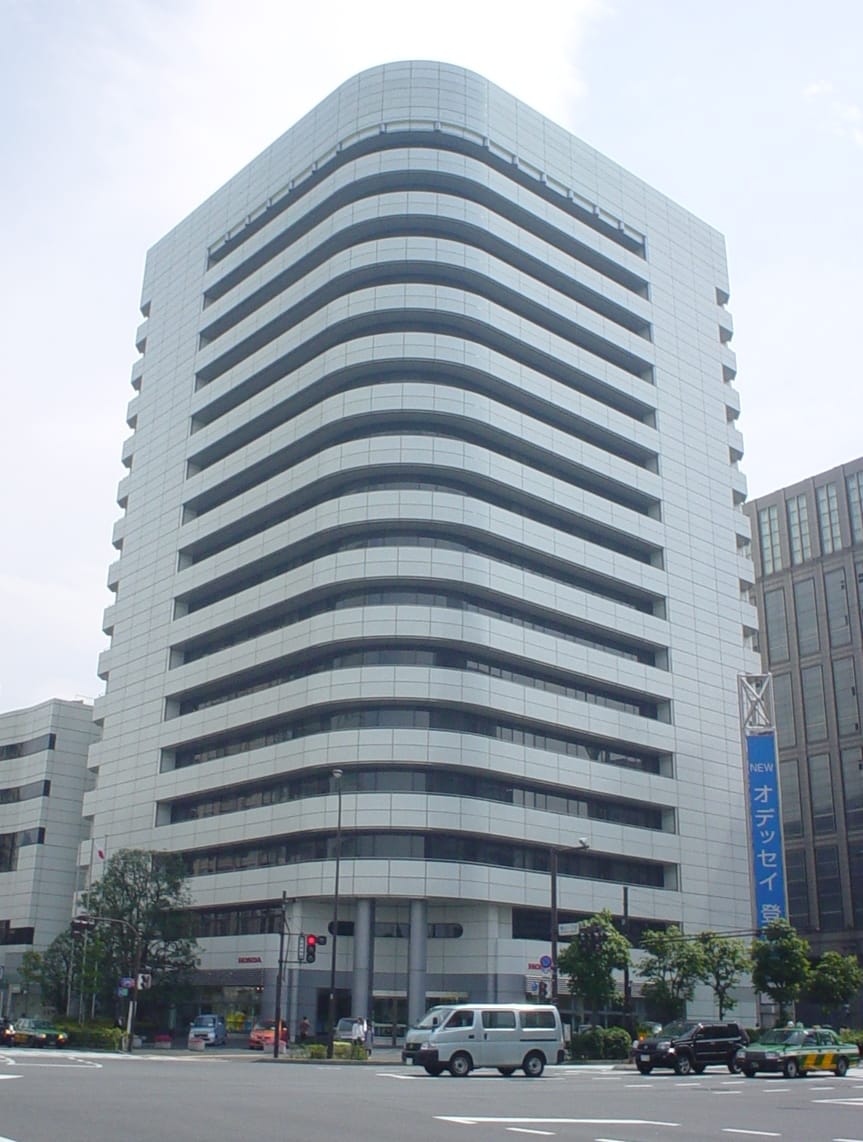New York City is poised to implement its congestion pricing plan this Sunday, marking a significant shift in urban transportation policy. The initiative, which has been in the works for several years, aims to alleviate traffic congestion in Manhattan by imposing fees on vehicles entering a designated zone during peak hours. This policy has been met with a mix of support and opposition, particularly from officials in neighboring New Jersey, who have expressed concerns about the impact on commuters and the potential economic repercussions.
The congestion pricing plan is designed to charge vehicles entering Manhattan’s central business district, which encompasses areas below 60th Street. The fees will vary based on the time of day, with higher charges during peak hours when traffic is at its heaviest. Proponents of the plan argue that it will not only reduce congestion but also generate significant revenue that can be reinvested into public transportation infrastructure. This revenue is expected to support improvements to the subway system and other transit options, ultimately benefiting commuters and residents alike.
Despite the potential benefits, New Jersey officials have voiced strong objections to the plan. They argue that the congestion pricing fees will disproportionately affect New Jersey residents who commute into New York City for work. Many of these commuters rely on personal vehicles due to the limited availability of public transportation options. New Jersey lawmakers have expressed concerns that the added costs could deter workers from traveling into the city, potentially harming businesses that depend on their patronage.
In response to the anticipated congestion pricing implementation, New Jersey Governor Phil Murphy has called for a comprehensive review of the policy’s impact on cross-state commuters. He has emphasized the need for a collaborative approach that considers the interests of both states. New Jersey officials have also raised questions about the effectiveness of the congestion pricing plan in achieving its goals. They are particularly concerned that the fees may not significantly reduce traffic levels, as many commuters may choose to avoid the charges by using alternate routes or modes of transportation.
The congestion pricing initiative is part of a broader trend among major cities to address the challenges of urban congestion and pollution. Similar programs have been implemented in cities like London, Stockholm, and Singapore, where they have shown success in reducing traffic and improving air quality. New York City’s approach, however, is unique due to its size and the complexity of its transportation network. The city’s officials have stated that they are committed to monitoring the effects of the congestion pricing plan closely and making adjustments as necessary to ensure its effectiveness.
As the launch date approaches, many New Yorkers are preparing for the changes that will accompany the congestion pricing plan. Some residents and commuters have expressed support for the initiative, believing that it will lead to a more efficient transportation system and a cleaner environment. Others remain skeptical, concerned about the potential financial burden it may impose on those who rely on their vehicles to navigate the city.
The implementation of congestion pricing also raises questions about equity and accessibility. While the plan aims to reduce congestion and improve public transportation, it may inadvertently create barriers for low-income individuals who cannot afford the fees. City officials have acknowledged these concerns and have indicated that they will explore options to provide financial relief for low-income commuters, including discounts or exemptions.
In the weeks leading up to the launch, public awareness campaigns have been initiated to inform residents and commuters about the changes. These campaigns aim to clarify the details of the congestion pricing plan, including the fee structure, the hours of operation, and the designated zone. City officials are also encouraging commuters to consider alternative modes of transportation, such as public transit, biking, or carpooling, as a means of reducing their travel costs and minimizing their environmental impact.
As New York City prepares to implement its congestion pricing plan, the outcome will be closely watched by other cities grappling with similar issues. The success or failure of this initiative could serve as a model for urban transportation policies in the future. While the plan has ignited a debate about its implications for commuters and local economies, it also represents a significant step toward addressing the pressing challenges of urban congestion and sustainability.
The launch of congestion pricing in New York City is a landmark moment in the city’s efforts to modernize its transportation system and combat traffic-related issues. As the implementation date approaches, the city’s officials remain optimistic about the potential benefits, while New Jersey officials continue to voice their concerns. The coming weeks will reveal how this ambitious policy unfolds and what it means for the future of urban transportation in the region.



